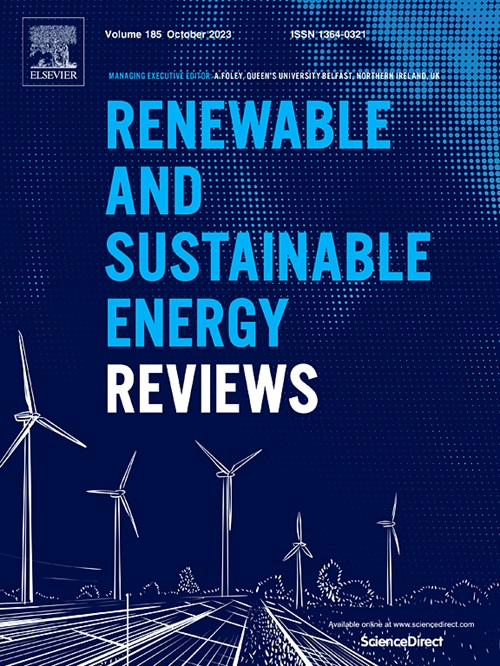China's 1+N policy system supports an earlier peak in carbon emissions
IF 16.3
1区 工程技术
Q1 ENERGY & FUELS
引用次数: 0
Abstract
China is responsible for one-third of the global CO2 emissions and plays a crucial role in shaping worldwide emission trends. To achieve carbon emissions peaking by 2030 and carbon neutrality by 2060, China has introduced the '1+N′ policy system, detailing objectives across economy-wide, sector, and subsector levels. However, the influence of these proposed targets remains unclear. In this study, the 1+N system was systematically examined, with all objectives identified and assessed to evaluate their anticipated impacts on carbon emissions and energy transition. It was found that full implementation of the targets could result in an early CO2 peak of 12.7–13.1 Gt by 2026, or even earlier, depending on coal power transition. The planned phase-down of coal from 2026 to 2030 is pivotal for the overall peaking time and level, potentially contributing 46–61% of the mitigation potential. However, the absence of short term guidelines for this target, particularly regarding coal power transition before 2025, creates uncertainty in its implementation and may jeopardize the 2025 emissions targets. Clarifying coal power's strategic role within the ‘1+N’ policy framework is therefore crucial for China to achieve early peaking goals and accelerate global transition efforts.

求助全文
约1分钟内获得全文
求助全文
来源期刊

Renewable and Sustainable Energy Reviews
工程技术-能源与燃料
CiteScore
31.20
自引率
5.70%
发文量
1055
审稿时长
62 days
期刊介绍:
The mission of Renewable and Sustainable Energy Reviews is to disseminate the most compelling and pertinent critical insights in renewable and sustainable energy, fostering collaboration among the research community, private sector, and policy and decision makers. The journal aims to exchange challenges, solutions, innovative concepts, and technologies, contributing to sustainable development, the transition to a low-carbon future, and the attainment of emissions targets outlined by the United Nations Framework Convention on Climate Change.
Renewable and Sustainable Energy Reviews publishes a diverse range of content, including review papers, original research, case studies, and analyses of new technologies, all featuring a substantial review component such as critique, comparison, or analysis. Introducing a distinctive paper type, Expert Insights, the journal presents commissioned mini-reviews authored by field leaders, addressing topics of significant interest. Case studies undergo consideration only if they showcase the work's applicability to other regions or contribute valuable insights to the broader field of renewable and sustainable energy. Notably, a bibliographic or literature review lacking critical analysis is deemed unsuitable for publication.
 求助内容:
求助内容: 应助结果提醒方式:
应助结果提醒方式:


